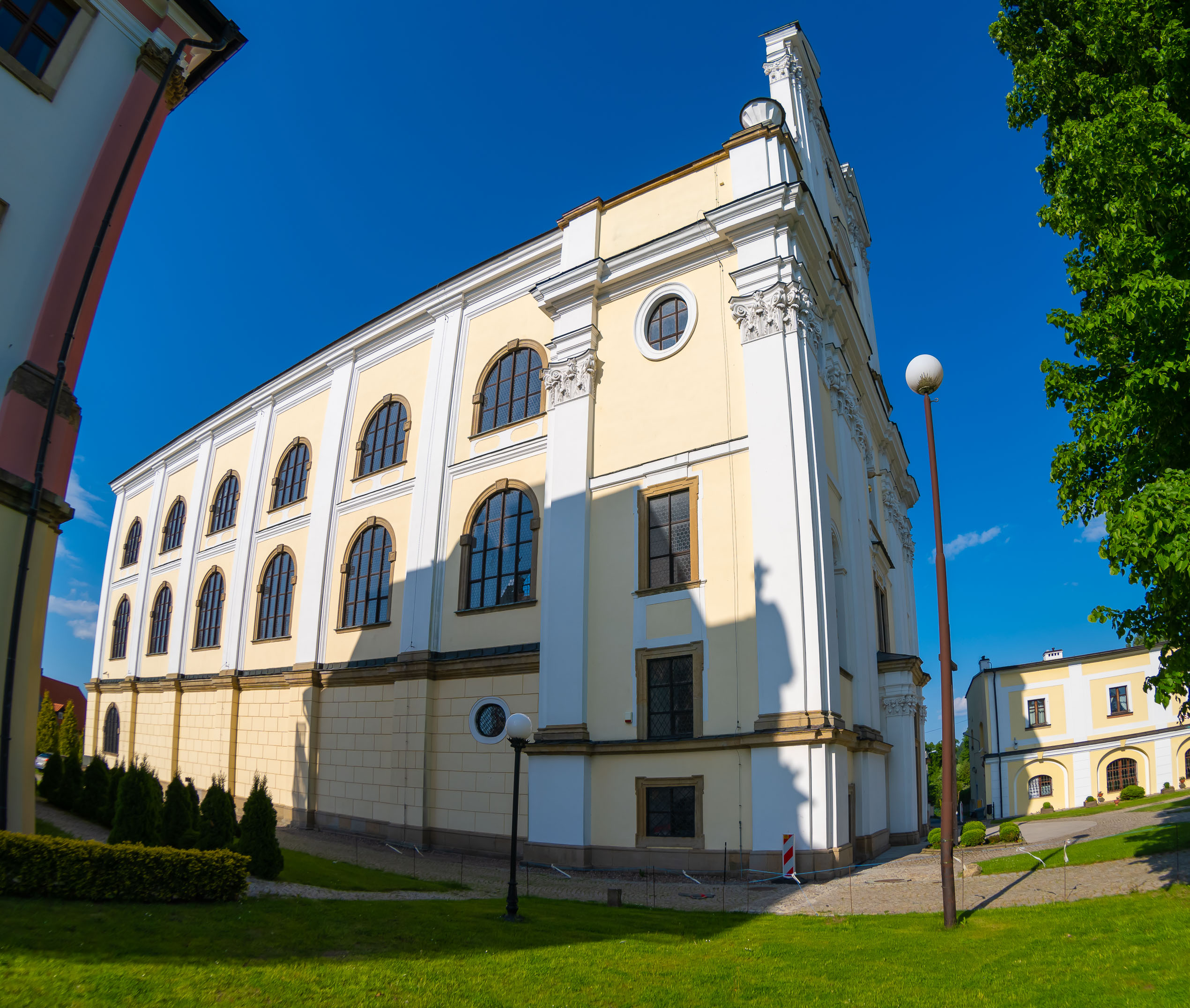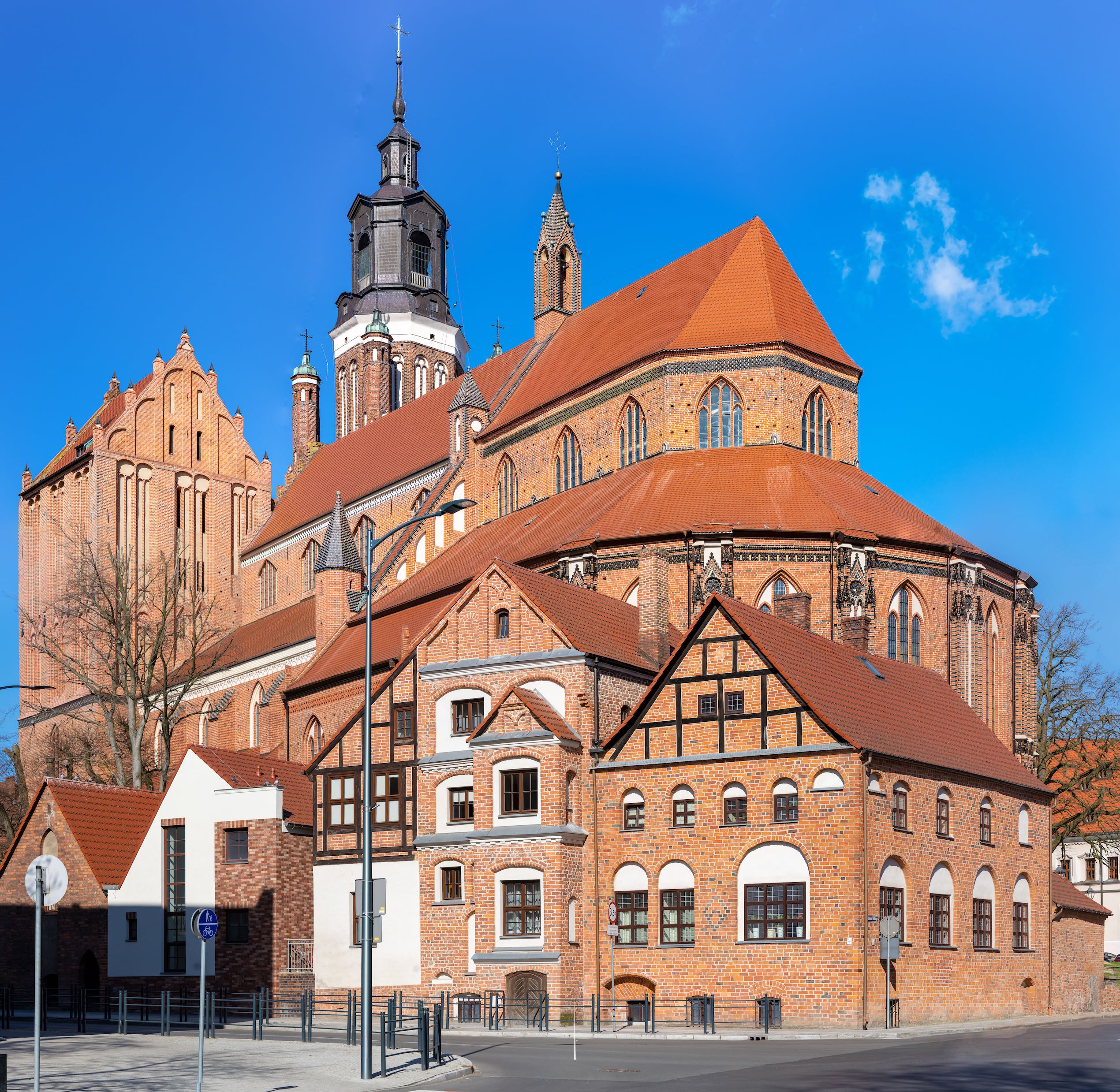Cathedral Basilica of the Assumption of the Blessed Virgin Mary
The Cathedral is the most important and recognisable religious building in the former eastern borderlands of the Republic. It is located on the 14th-century central square of Lviv (Lwow). It is a priceless monument due to the time of its construction, type of architecture, status (the cathedral was patronised by Polish kings), history (a silent witness to the turbulent history of Lviv and the Polish state) and furnishings. The movable monuments are a testimony to changes in art, as well as to social, cultural and religious changes in Lviv itself and in the Republic.
The Archcathedral Basilica of the Assumption of the Blessed Virgin Mary in Lviv, usually called simply the Latin Cathedral, is one of the oldest churches in Lviv, located at the south-west corner of Lviv’s Market Square. The three-nave edifice in Gothic style, 67 metres long and 23 metres wide, was built at the turn of the 14th and 15th centuries according to the plans of the city architect Piotr Stecher.
Construction of the temple began around 1370 under King Casimir III the Great. The chancel was vaulted in 1404, the nave in 1474, and the church was consecrated in 1405 by Bishop Matthias Janina of Przemysl. The church did not have the status of a cathedral at first, becoming one only in 1412, when Lviv became the seat of the bishop. After the great fire of Lviv in 1527, the vaulting of the cathedral collapsed.
On 1 April 1656, King John II Casimir took his vows in this Cathedral, in front of the miraculous image of Our Lady of Grace, and on 21 October 1677, King Stanislaw Leszczynski of Poland was baptised in the Cathedral.
Photographs
Gigapanoramas
Gigapixels
)
)
)
)
)
)
)
)
)